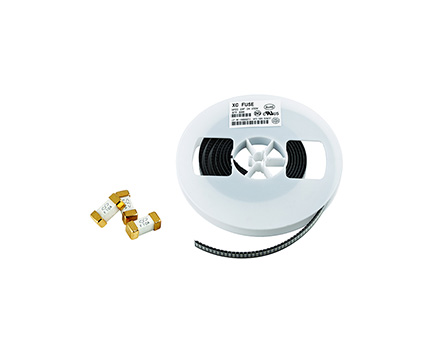
According to temperature, it can be divided into: 73 degrees 99 degrees 77 degrees 94 degrees 113 degrees 121 degrees 133 degrees 142 degrees 157 degrees 172 degrees 192 degrees 216 degrees 227 degrees 240 degrees 70 degrees 77 degrees 84 degrees 92 degrees 95 degrees 105 degrees 110 degrees 115 degrees 121 degrees 128 degrees 130 degrees 139 degrees 141 degrees 144 degrees 152 degrees 157 degrees 169 degrees 184 degrees 185 degrees 192 degrees 216 degrees 227 degrees 228 degrees 240 degrees 250 degrees 280 degrees 320 degrees
Due to the certain overload capacity of various electrical equipment, it is allowed to operate for a long time under certain conditions; When the load exceeds the allowable value, it is required to protect the melt from melting within a certain period of time. Some devices have a high starting current but a short starting time, so it is required that the protective characteristics of these devices should meet the needs of equipment operation. It is required that the fuse should not fuse when the motor starts, and can reliably fuse under the action of short-circuit current and when the allowable overload current exceeds, to play a protective role. The rated current of the melt is too high, and the load cannot be fused in a timely manner in case of short circuit or long-term overload; If the selection is too small, it may fuse under normal load current, affecting normal operation. To ensure the normal operation of the equipment, it is necessary to choose the rated current of the melt reasonably based on the nature of the load.
Read recommendations: